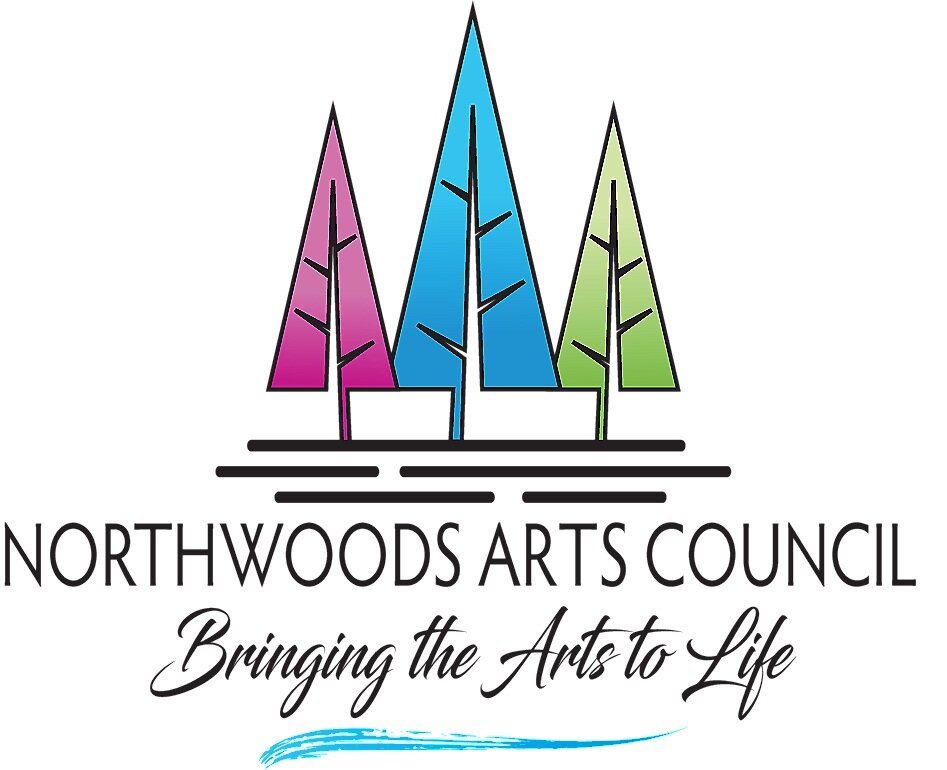the Native Skywatchers program
/Will be presented at the Art & Book Festival by James Knutson-Kolodzne, The Native Skywatchers (NSW) program materials includes constellation guidebooks, various star maps, a plani-spheres, and a teacher’s workbook. Our NSW research and programming continuously seeks out elders, culture teachers, language experts, and community members to discuss the Ojibwe and D(L)akota star knowledge. Under the direction of the NSW founding director; Annette Lee (Lakota), and artist William Wilson (Ojibwe) and with help from other native elders and educators, they have created two astronomically accurate, culturally important star maps, Ojibwe Giizhig Anung Masinaaigan Ojibwe Sky Star Map and Makoċe Wiċaŋḣpi Wowapi D(L)akota Sky Star Map.
These native star maps were disseminated to regional educators at the first Native Skywatchers Middle School Teacher workshop in 2012. In addition, hands-on curriculum that combines astronomy, culture, language and art has been developed. As with many North American tribes much cultural knowledge, especially cultural astronomy, has been lost. The goal of the Native Skywatchers programming is to build community around the native star knowledge.
James will also be representing William Wilson's work.
William Wilson is Ojibwe from Ontario, Canada near Lake Nipigon (Animbigon Zaaga’igan – All you see is water). William was born and raised at his grandparent’s house where they only spoke Ojibwe and lived traditionally. Winter camp, snowshoeing, trapping, fishing, moose hunting and blueberry picking were a part of everyday survival.
Much of the artwork is inspired by dreams and visions. All of the brightly colored paintings are done in Ojibwe x-ray style. We are seeing the picture as the spirits see us. They see right through. The strange looking animals and figures are portrayed as they come in ceremony.
William’s work has been purchased for the permanent collection by the Tweed Museum, Duluth, MN and the Madeline Island Museum, La Point, WI. This work is funded by the MN State Arts Board, Cultural Community Partnership Grant.



